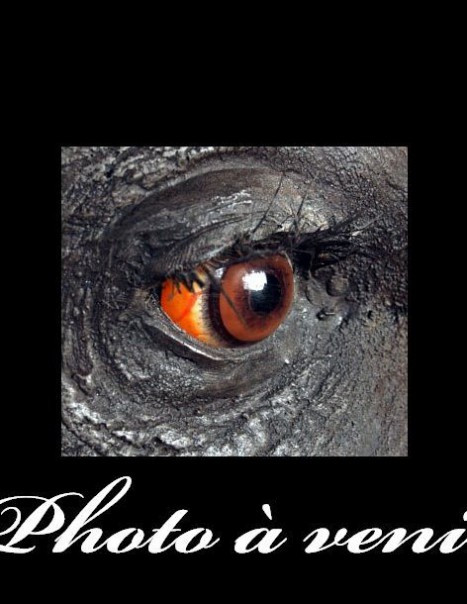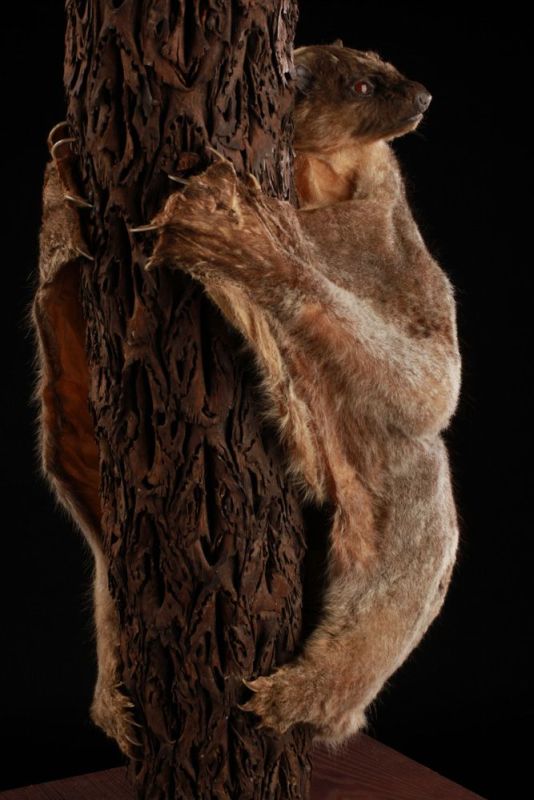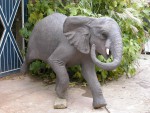Giant anteater – Myrmecophaga tridactyla
Giant anteater – Myrmecophaga tridactyla
The giant anteater is an insectivorous mammal of Central America and South America.
It belongs to the family of Myrmecophagidae and to the order of xenarthra order.
The anteater is between 1.80m to 2.40m. It weighs only 1.5 kg at birth and ending with a weight between 18 and 40 kg at adulthood. Its body is covered with stiff hairs longer on the tail. Its fur is black, white and brown. Its small, long head has small ears and small eyes. Its front legs have five fingers each with a sharp claw. The one of the third finger is the most developed, because it can reach 10 cm in length. It has a smell 40 times more developed than human. Compared to other mammals, it has a small brain in order to limit its energy consumption. During phases of rest, it can sleep up to 15 hours a day covered by its long hair that enables it to withstand the cold waves of winter.
Its diet consists of including ants and termites. It can swallow more than 30,000 insects in one day. Using its claws, it opens nests and sticks its long snout through the hole. With its slimy tongue, which can reach 60 cm, it searchs every corner of the nest. In a minute, it can swallow more than 1,000 insects. When it attacks a nest, it never completely empties the order to leave the insects the opportunity to repopulate the nest. It also happens to feed on fruits and tropical plants, making it an insectivore and an occasional fruit eater.
The breeding season lasts all year. Gestation lasts 6 months and 10 days. One young born in each litter. Young become independent from 2 years old. They will be able to breed at 2 to 4 years old. In captivity, an anteater can live up to 25 years.





